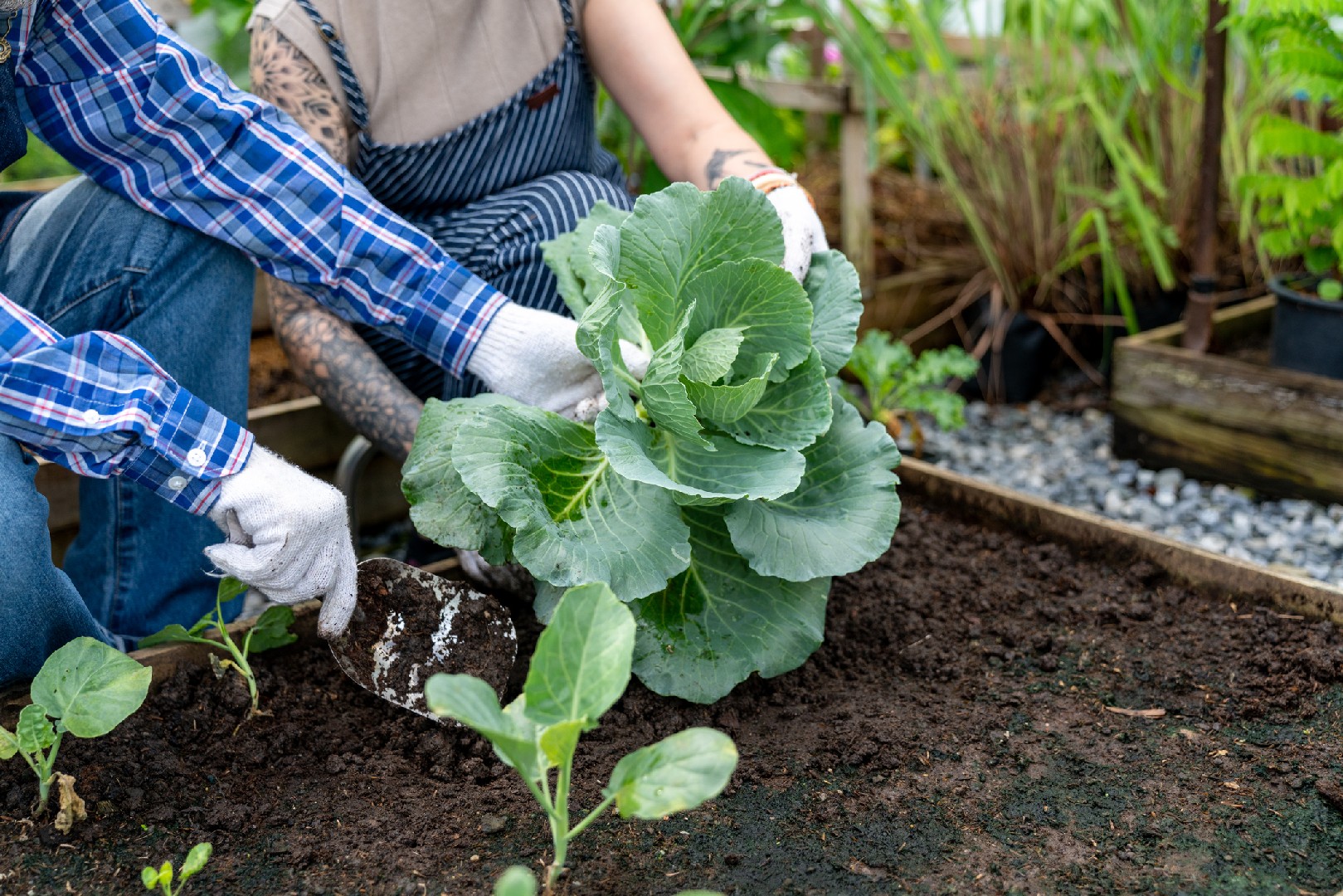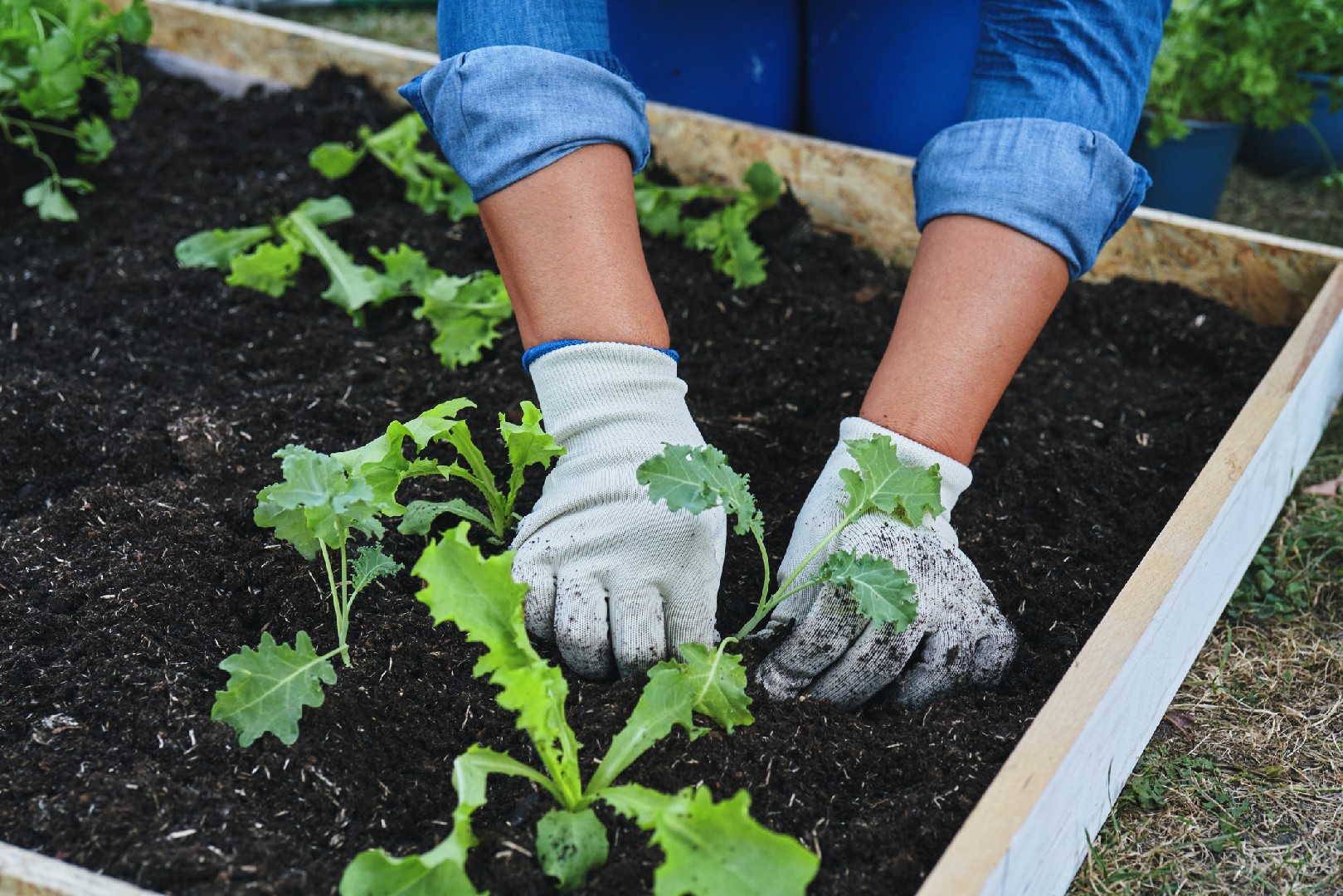![Rectangle]()
Implementing Companion Planting: A Step-by-Step Guide
Implementing companion planting in your edible garden can greatly benefit the growth and health of your root vegetables. This step-by-step guide will walk you through the general guidelines of companion planting, things to avoid, and how to maintain your companion plantings.
- Choose Compatible Partners
The first step in implementing companion planting is to choose compatible partners for your root vegetables. Some good companion plants for root vegetables include onions, garlic, leeks, and herbs like dill, parsley, and chamomile. These plants can provide shade, repel pests, and enhance the flavor of your root vegetables.
- Consider Planting Layout
When planning your garden layout, make sure to arrange your companion plants strategically. Place taller plants, such as tomatoes or peppers, on the north side of your root vegetables to provide shade without blocking out the sun. You can also interplant your root vegetables with smaller plants, creating a diverse and thriving garden ecosystem.
- Rotate Crops
To maintain the health of your garden, it is important to rotate your crops every season. This prevents the buildup of pests and diseases that can affect your root vegetables. Plan your rotation schedule in advance, ensuring that you avoid planting the same family of crops in the same area for at least three years.
- Watering Needs
Root vegetables have different watering needs compared to their companion plants. Make sure to water your garden evenly and avoid overwatering as this can cause root rot. Mulching can help conserve moisture and prevent weeds, making it an excellent practice for companion plantings.
By following these general guidelines, you can implement companion planting in your edible garden for better growth and health of your root vegetables. Remember to choose compatible partners, consider your planting layout, rotate crops, and be mindful of watering needs. With these practices, your garden will thrive with vibrant and bountiful root vegetables.
To maximize the benefits of companion planting, there are a few things to avoid. First, avoid planting root vegetables near other plants that have similar nutrient requirements. This can lead to competition for resources and hinder the growth of your root vegetables. Additionally, avoid planting root vegetables near crops that are susceptible to the same pests and diseases. Instead, opt for companion plants that can repel pests and attract beneficial insects.
Maintaining your garden's companion plantings is crucial for their success. As mentioned earlier, rotation schedules are important for preventing pest and disease buildup. Regularly inspect your plants for any signs of pests or diseases, and take appropriate action if needed. Keep an eye on watering needs and adjust accordingly, especially during hot or dry periods. By providing the right care and attention to your companion plantings, you can enjoy a thriving and productive edible garden.





